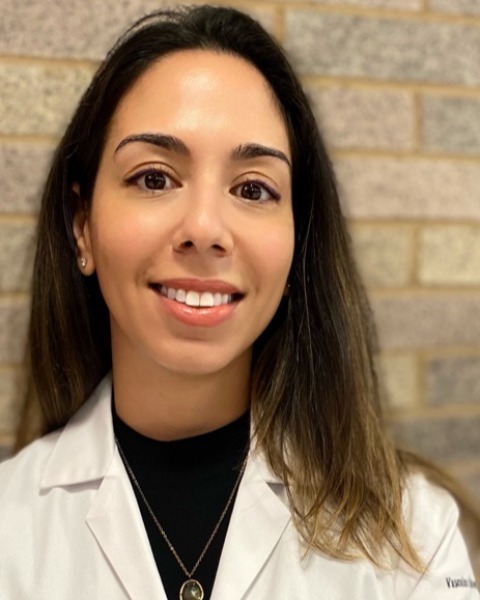Pain Management/MSK
Geniculate Artery Embolization: Vascular Anatomy and Technical Considerations

Farnaz Dadrass, MD
Resident Physician
Mount Sinai HospitalDisclosure(s): No financial relationships to disclose
- GM
Griffin McNamara, MD
Integrated IR/DR resident
UCLA - MN
Michael Novack, MD
IR-DR Integrated PGY-2
Mount Sinai School of Medicine 
Vivian Bishay, MD
Associate Professor
Icahn School of Medicine at Mount Sinai Hospital
Rahul S. Patel, MD, FSIR
Professor of Radiology and Surgery
Mount Sinai Medical Center.jpg)
Dan Shilo, MD
Assistant Professor
Mount Sinai
Edward Kim, MD (he/him/his)
Professor of Radiology and Surgery
Mount Sinai Health System- RL
Robert A. Lookstein, MD
Professor of Radiology and Surgery
Icahn School of Medicine at Mount Sinai 
Scott Nowakowski, MD
Professor of Radiology and Surgery / Vice-Chair
Mount Sinai Health System- KG
Kirema Garcia-Reyes, MD
Assistant Professor
Mount Sinai - RP
Rajesh I. Patel, MD
Assistant Professor of Radiology and Surgery
Icahn School of Medicine at Mount Sinai - AF
Aaron M. Fischman, MD
Professor of Radiology and Surgery
Mount Sinai Health System
Abstract Presenter(s)
Author/Co-author(s)
2. Explore the role of geniculate artery embolization (GAE) in recurrent hemarthrosis as well as potential complications
3. Describe the anatomy and technical approach of the procedure
4. Discuss the current literature evaluating the role of GAE in treatment of osteoarthritis
Background:
Geniculate artery embolization is an effective treatment for recurrent hemarthrosis following total knee arthroplasty (TKA), which occurs in up to 1.6% of cases, and typically results from trauma to hypertrophic vascular synovium. Treatment options range from conservative therapies (aspiration, rest, ice packs) to surgical intervention (open vs arthroscopic synovectomy). GAE is a minimally invasive treatment option, both curative and considerably less morbid than surgery, with resolution of symptoms within 2-3 weeks.
The safety and efficacy of GAE for hemarthrosis has laid groundwork for application as osteoarthritis (OA) therapy. Early clinical evidence with ovine models has demonstrated improvement in knee pain and function with particle embolization of neovascularization by disrupting angiogenesis as well as nociceptive nerve fiber growth. It is therefore important for trainees to understand the vascular anatomy and technical steps of GAE.
Clinical Findings/Procedure Details:
Preoperative imaging includes contrast enhanced MR to evaluate for synovial thickening and enhancement within GA vascular territory.
Selective catheterization of the descending genicular, superior medial genicular, inferior medial genicular, superior lateral, inferior lateral genicular and recurrent genicular artery should be performed based on location of pain and pre-procedural imaging.
Angiography should demonstrate blush in the area of hemarthrosis and may reproduce pain due to increased pressure within the synovium.
Cutaneous branches should be excluded if possible. An ice pack over the area can be used for vasoconstriction to prevent non-target embolization.
Embolization is performed with 100-300 μm particles in 0.2 mL aliquots while avoiding reflux
Alternative embolics should be considered with AV fistulae, aneurysms, and pseudoaneurysms
End goal of embolization is the reduction of hyperemic blush, while retaining patency of parent arteries
Conclusion and/or Teaching Points:
GAE is a safe and effective treatment option for hemarthrosis following TKA, and has demonstrated early success for treatment of OA, a novel IR application. Our presentation will provide an essential primer on the vascular anatomy and technical considerations for catheter interventions in this region.

.png)
.jpg)
.png)
.png)
.png)
.jpg)
.jpg)
.png)
.png)